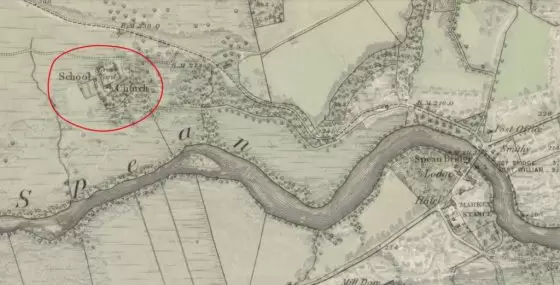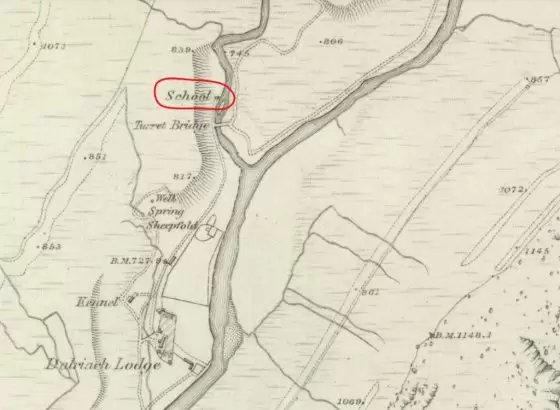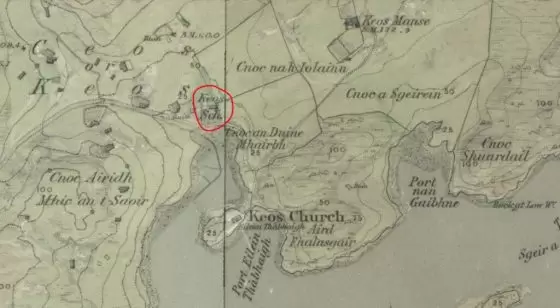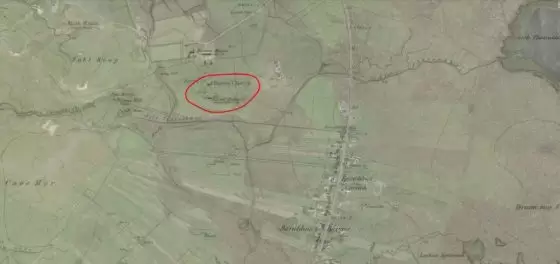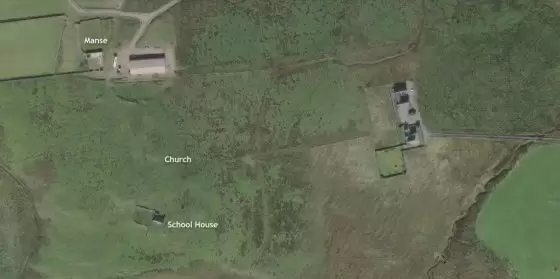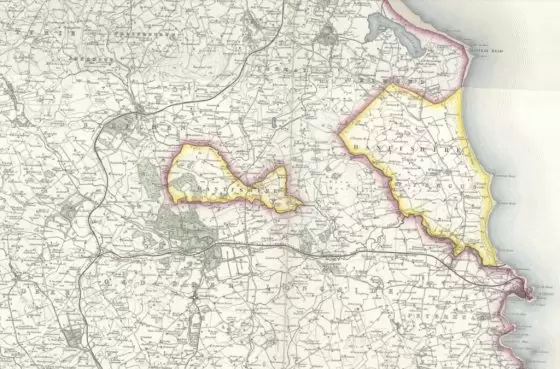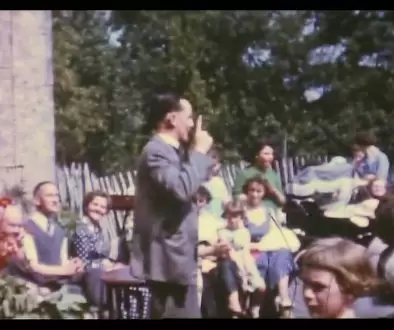The Hunt for Jimmy
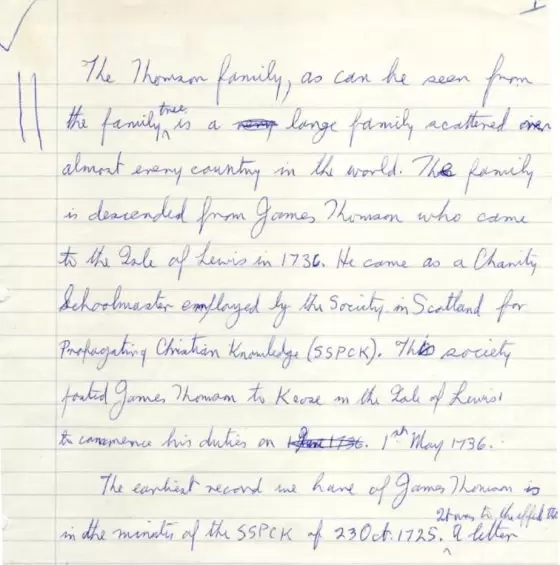
The Hunt for Jimmy
“The Hunt for Jimmy” was the operational codename our family affectionately assigned to my fathers somewhat obsessional search for his most distant ancestor, James Thomson, who was born in 1694.
My father retired from medical practice in 1974, and he spent his retirement attending to his beloved garden and, when the weather was inclement, on researching the history of the Thomson family, which involved frequent visits to the Record Office in Edinburgh.
This article is taken directly from the paper prepared by my father before his death in 1991. It was completed by my sister, Jennifer Tarry, who pieced together the rest of his paper from his numerous notes.
I have made my father’s research notes available for download.
James Thomson
The Thomson family in the Isle of Lewis is descended from James Thomson, who had been posted there by the Society in Scotland for the Propagation of Christian Knowledge (SSPCK). Before coming to Lewis, he taught at Glen Roy and also Glen Spean in Lochaber.
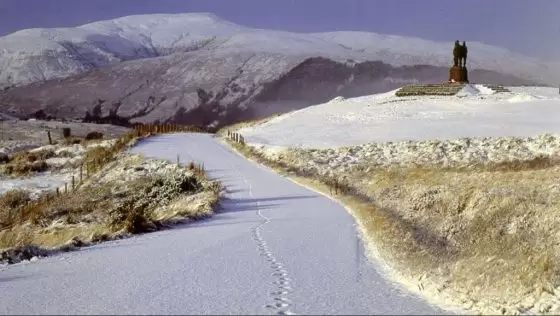
Kilmonivaig School
Glen Roy School
The school was, therefore, under threat of closure. As this school was filling a great need in the locality they felt the society might be interested in taking over the school. The society readily agreed. James Thomson was interviewed and appointed as a Charity Schoolmaster. He began his work in his old school in Glen Roy on 1st May 1726.
SSPCK
The SSPCK had been founded in 1709 to provide a basic education in the Highlands of Scotland. The Society’s objective was a very limited one -namely “to teach children, and any adults who are interested, to read, write and do simple arithmetic”.
The schools were administered through the Presbytery Committee who arranged to pay the master twice a year (1st May and 1st November). All schools were inspected twice a year and a report sent to the SSPCK in Edinburgh.
Each parish desirous of having a school applied to the society for permission to have a school and schoolmaster. The parish was obliged to provide a home for the schoolmaster, a building to accommodate the school and an acre of land sufficient to graze one cow.
The SSPCK Rules
Two rules were laid down for the schools by the SSPCK. Rule 1 The Gaelic language was never to be used in the schools. The schoolmasters protested strongly against this rule pointing out that this severely handicapped the children who could not speak English. They insisted that the use of Gaelic during the stages of the children’s stay at school would accelerate their learning of English considerably.
The rule, however, was not revoked until 1759 when the SSPCK finally cancelled it for the very reasons the schoolmasters had suggested. It is also possible that the rule was quietly ignored sometimes in the remote glens.
Rule 2 Catholic children were not to be admitted to the schools unless their parents adopted the Protestant religion and attended protestant communion services.
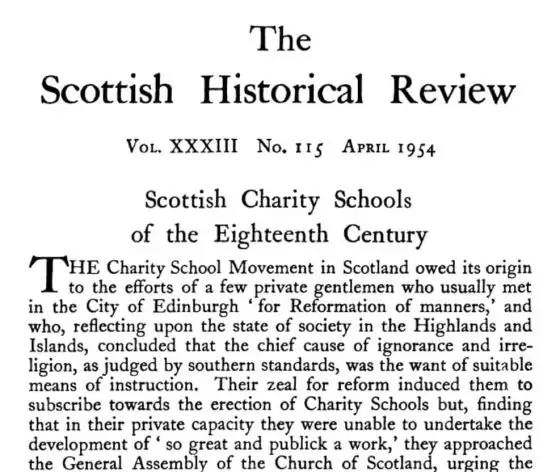
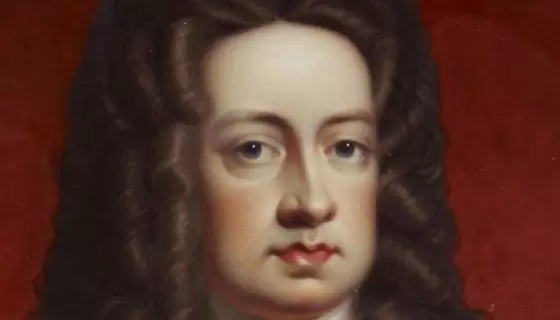
The Royal Bounty
James Thomson’s commencing salary in 1726 was £6 per annum, £3 paid by the society and £3 paid by the Royal Bounty. The Royal Bounty was a fund set up by King George I in 1724 to assist in education in the Highlands. He donated a sum of money to the Church of Scotland for the reformation of the parts of the island where popery and ignorance prevailed. In 1729 all Charity Schoolmasters were appointed catechists at a further salary of£6 per annum paid in the same manner as their basic salary.
Dismissed
In 1734 the Society suddenly dismissed James Thomson because of “a bad report”. No details of the “bad report” appeared in the minutes of the Society or in the minutes of the Presbytery of Abertarff. After representations by a member of the local clergy and a letter from James himself the Society decided to re-enrol James Thomson as a Charity Schoolmaster.
He was then posted to the village of Keose in the Lochs district of Lewis at a salary of £7 per annum as a schoolmaster and £7 per annum as a catechist. He continued at Keose until 5th August 1742 when he was posted to Barvas on the west side of the island and his salary was raised to £8 p.a. as a schoolmaster and £8 p.a. as a catechist.

Lewis Presbytery
According to Angus Smith, of Keose, Donald Macleod, the Moderator of the Lewis Presbytery, wrote to the Committee for Managing of the Kings Bounty:
“We receive your scheme of missionaries for the year 1737, and in answer thereto please know that…James Thomson, late schoolmaster in Lochaber, appointed…at Keose in the parish of Lochs with seven pounds sterling salary whereof one half to be paid by the society and the other half by the committee is not yet come to the said parish.”
The minister and parishioners represented to us that they have employed a young man some few days ago to teach a school and catechise in the parish till Mr Thomson comes. They humbly entreat the committee may grant him a proportional allowance of the salary for the time he’ll serve…
And again:
“Poor James Thomson with his wife and four children cannot live at seven pounds sterling salary yearly, and it gives a bad impression to the ignorant people to see one employed by the society in a starving condition and there being none in this island upon that funds its hoped he will not be necessitate to demit for want of a competent salarie and we find now that it’s more for the interest to encourage schools amongst those who profess to be of our way of thinking than elsewhere.”
Salary Advance
In October 1744 there is a minute of the Society to say that James Thomson applied for an advance of one year’s salary and this was granted. Unfortunately there is no note of what he intended to do with the money. Was he planning marriage? At that point he had been teaching for at least 20 years and must have been about 40 years old.
The map opposite has been created using the 1840 series Ordnance Survey 6 inch to the mile map and has been laid over contemporary satellite imagery of the area.
The opacity of the top map has been reduced to enable the current satellite imagery to be visible below the map.
It shows what I believe would have been the church and schoolhouse where James Thomson would have taught. The church is shown on the 1840 map but not on later maps.
I am intrigued that the schoolhouse on the map overlays precisely with what looks from the satellite photograph like a bothy on common land, with a walled enclosure on the west side. It makes me wonder whether this building is the same building that my ancestor taught his pupils.
Barvas, Isle of Lewis
All went well for him for the next eleven years at Barvas. Then suddenly this minute appears in the minutes of the Presbytery of Lewis, That James Thomson be posted to Swainbost at the Northern tip of the island “for certain reasons laid before them”. Once again there is no note of what the reasons might be.
Nearly five years later on 1st May 1759 the Presbytery of Lewis decided that James Thomson would, in future, be employed solely as a catechist at Swainbost at a salary of £8 p.a. Again no reasons are recorded. Finally on 26th November 1761 James Thomson and three other catechists were dismissed and their salaries withdrawn.
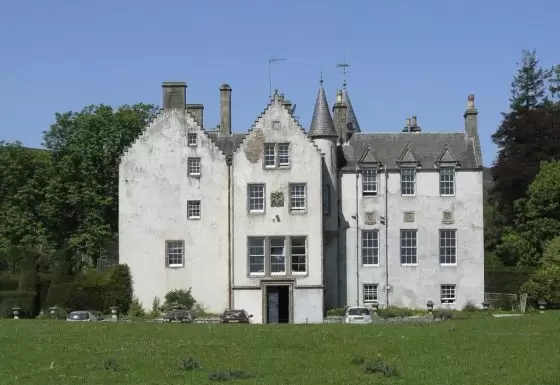
Where was James Thomson from?
Where did James Thomson come from originally? This question has exercised the minds of the Thomson family in Lewis for nearly two centuries. The family views differ. The more common theory is that he came from Banffshire. The other theory was expressed in this way, “although James Thomson came to Lewis from further North (i.e. Lochaber) his people came from the neighbourhood of Couper Angus in eastern Perthshire.
Professor Derick Thomson of University of Glasgow, a cousin of my father, pointed out that there is in Perthshire a small community called Bamff. This community is a small private estate in the parish of Alyth and some 11-12 miles north of Couper Angus.
The Bamff Estate was owned by the Ramsey family for eight centuries until the family died out this century. The estate has several farms and houses and it is known that one Thomson family lived on the estate in the late seventeenth century.
Kilmonivaig Church
Some years after James Thomson was posted to the Isle of Lewis the parish church of Kilmonivaig (the parish church for Glen Spean) was destroyed by a sudden severe freak storm in which the entire church and all its contents were washed away and lost.
So all parish records of James Thomson’s period there were destroyed. The minutes of the SSPCK and of the Presbytery of Abertarff (later Lochaber) were the only sources of information about James Thomson and both of these were silent on any details of the events recorded.
That made it difficult to find his parents or his birthplace.
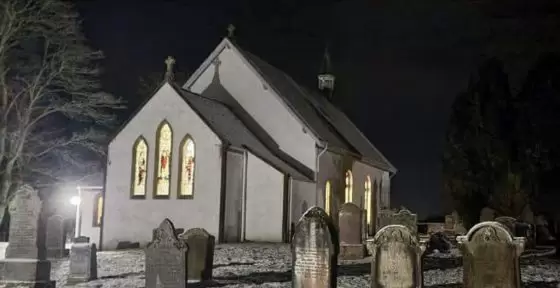
Postscript
Since this article was written I have taken a Y-DNA test which has revealed where James Thomson came from and allowed me to trace what I believe might be his baptismal certificate. More details will be posted in a new article in due course, but it looks as though he came from the Parish of Longside, near Peterhead, Aberdeenshire.
He was born within the Manor of Auchtydonald on 11 October 1694. In 1706 the Manor of Auchtydonald sold off part of it’s lands in the Fetterangus region, which was located in a geographically detached exclave of Banffshire, which did not become part of Aberdeenshire until 1891. So he did come from Banffshire, just not from Banffshire as we know it today.
His mother, Margaret Gibb, died in childbirth and was buried on 12 October 1694. His father, also called James Thomson, who was a grassman on the Auchtydonald estate, died in 1699, so our most distant ancestor was orphaned by the age of 5.
Work is ongoing to try to provide more evidence to prove the above hypothesis, but the fact that I have three Y DNA matches whose family trees all converge on the same small area of the parish of Longside is fairly compelling evidence as to which part of “Banffshire” I need to be searching for further information.
I have started work on the story of James Thomson, and it is very much a work in progress, but if you would like to follow that progress, you can read the article here.
Acknowledgement
I am grateful to Angus Smith of Keose, Lochs, Isle of Lewis for sharing his research into James Thomson. I have updated this article to include information he has made available.
Although I have not made use of his research in this article, I can throughly recommend a PhD thesis by Jamie Kelly of University of Glasgow, for anyone wanting to read a definitive history of the SSPCK schools.
